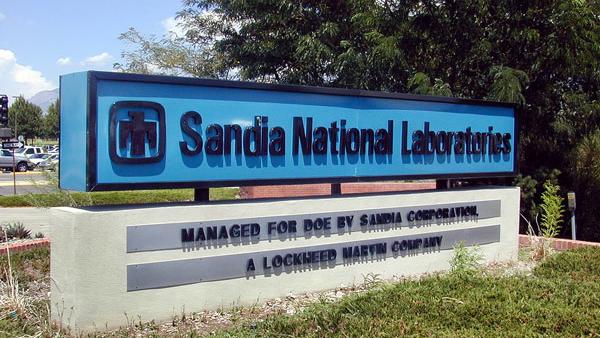
Proposals to manage a big piece of New Mexico’s economy are due this week.
Sandia National Laboratories, which has an operating budget of $2.88 billion and 10,000-plus employees, is headquartered at Kirtland Air Force Base and considered one of the area’s biggest employers.
The National Nuclear Security Administration, which manages the country’s main defense and weapons labs for the Department of Energy, said in 2011 that the contract would go out for bid, later granting multiple extensions and eventually posting a request for bids earlier this year.
NNSA Press Secretary Francie Israeli said in an email that the agency could not discuss details during the procurement process, but confirmed the next piece of information would be for a contract award.
“NNSA will evaluate the proposals, negotiate if necessary and make an award determination,” said Israeli. “The solicitation allows for a four-month transition to be completed by April 30, 2017, therefore, the award will be made this calendar year.”
Israeli also confirmed that companies or partnerships bidding on the contract are able to make their own decision whether to speak publicly. Publicly confirmed bids have come from a Battelle Memorial Institute consortium that includes the University of New Mexico, and Lockheed Martin, which confirmed June 2 it planned to rebid for the contract.
Tyler Przybylek, a retired NNSA official who served during the administration of President George W. Bush, says one fairly recent development that could increase the number of bids is a short-form request for proposals, 35 pages compared to 150 pages.
That could also mean reduced cost to put a proposal together, according to Przybylek.
“The difference between the approach on Sandia right now and Los Alamos 10 years ago is probably on the order of five times, in terms of the cost to produce the proposal," said Przybylek. "The difference should theoretically be better and easier for both contractors and the government."
Przybylek also says that since the late 1990s, the Department of Energy has mostly focused on awarding contracts based on the initial submission.
“On a large number of procurements, there was no back and forth, what was submitted was what was evaluated,” said Przybylek. Click here to read the full article.














Comments